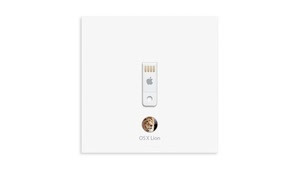
Researchers have been studying how innovation and creativity varies with circadian rhythms—the natural patterns that make you a morning person or an evening type—and the findings are suprising.
A lot of studies have shown that we perform best—or at least, get most done—during peak times in our circadian rhythms when we're most alert. But the new study, by Mareike Wieth and Rose Zacks, reveals that during the lulls in productivity we're more easily distracted, and that those distractions can help aid creativity. Their conclusion: you have your best ideas when you're least productive.
To establish that, they asked participants a mixture of analytic and insight questions. The analytic questions required laborious, tedious working to establish an answer; the insight questions required a flash of inspiration to crack. The result? Insight questions were completed more effectively when participants were stuck in a circadian rhythm rut.
You see, being less focused on a task makes you more open to distraction, and in turn to exploring new ideas. So, depending on what kind of work you do, you may well be better served by shifting your schedule around a little. If you can pound through work in the morning, take advantage of it and get your tedious, mechanical work done then. That way, you can save lulls for your more thoughtful, idea-based labors. More here.















































